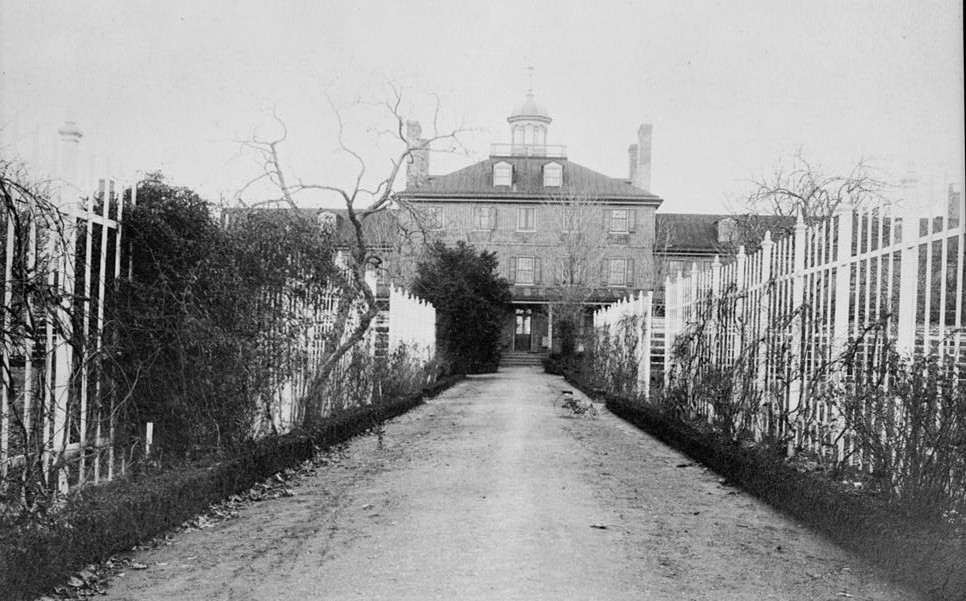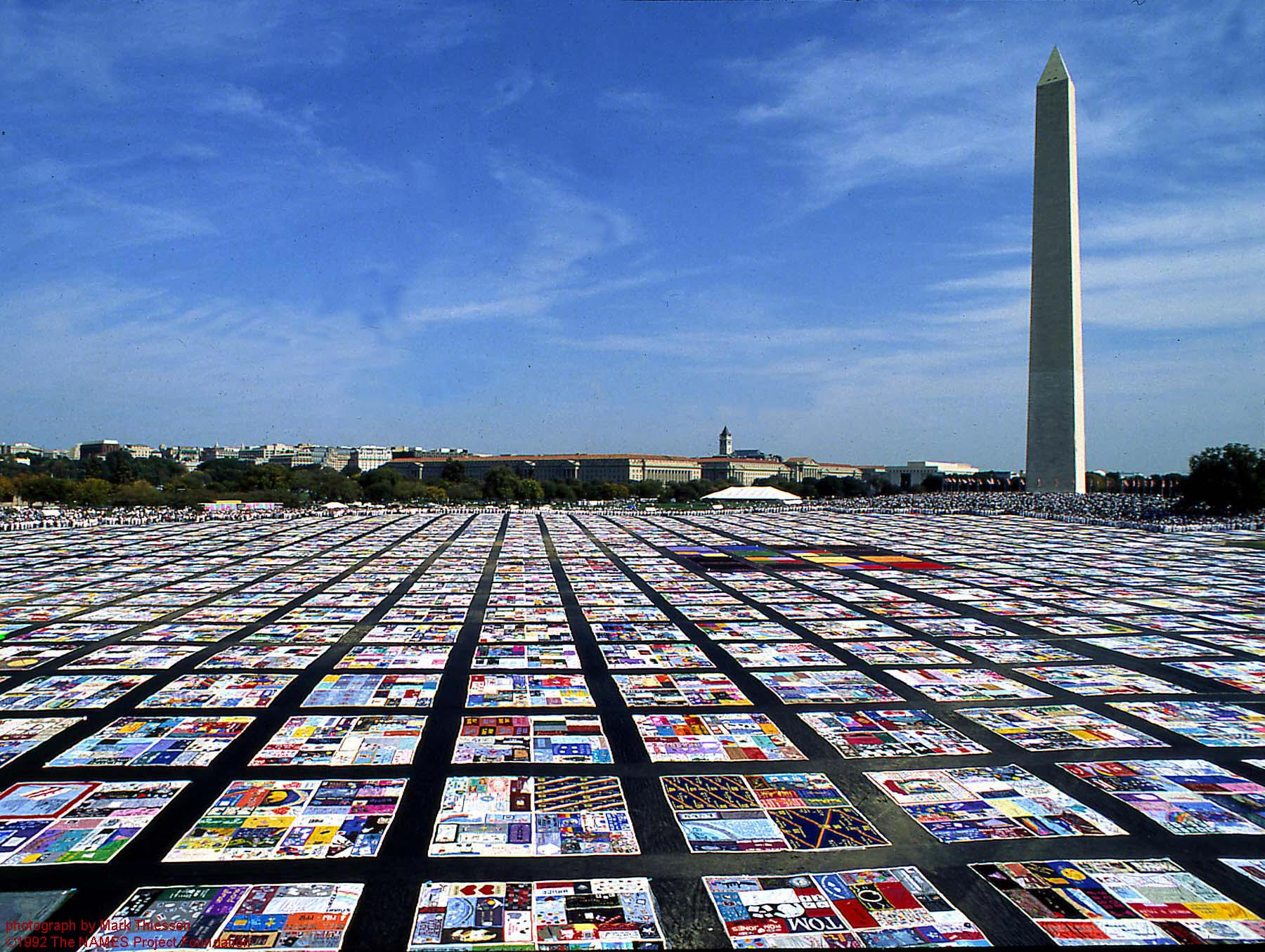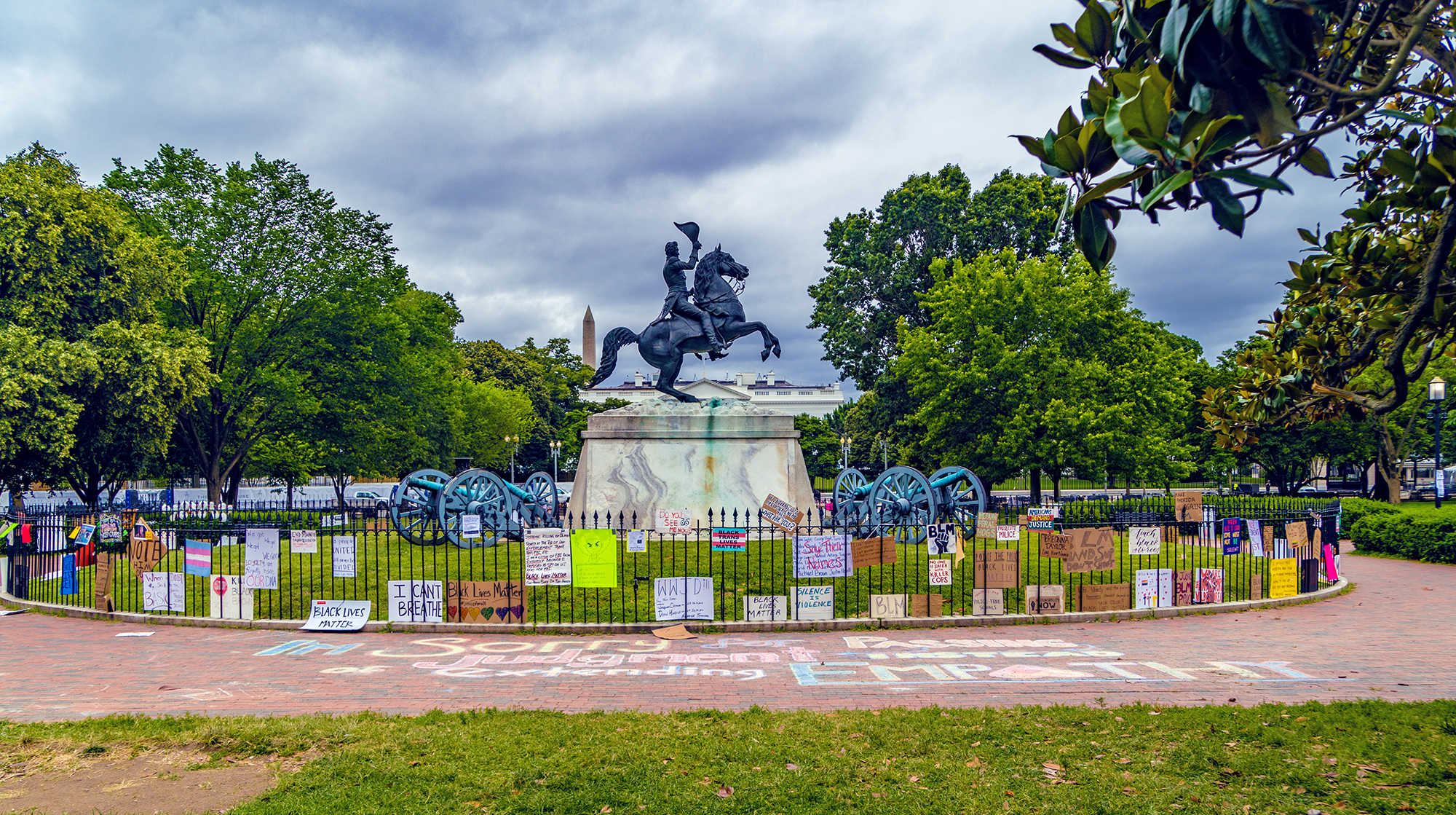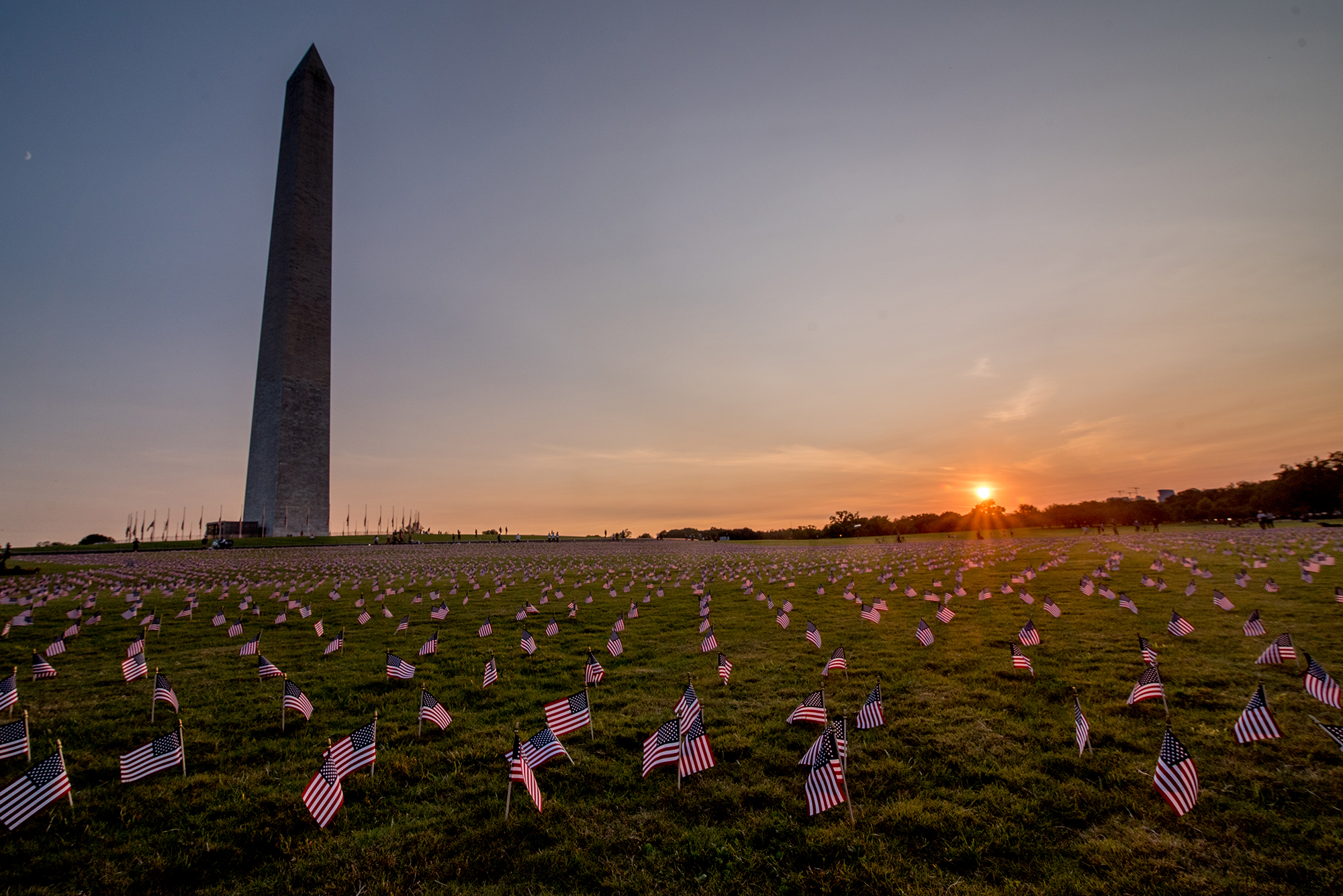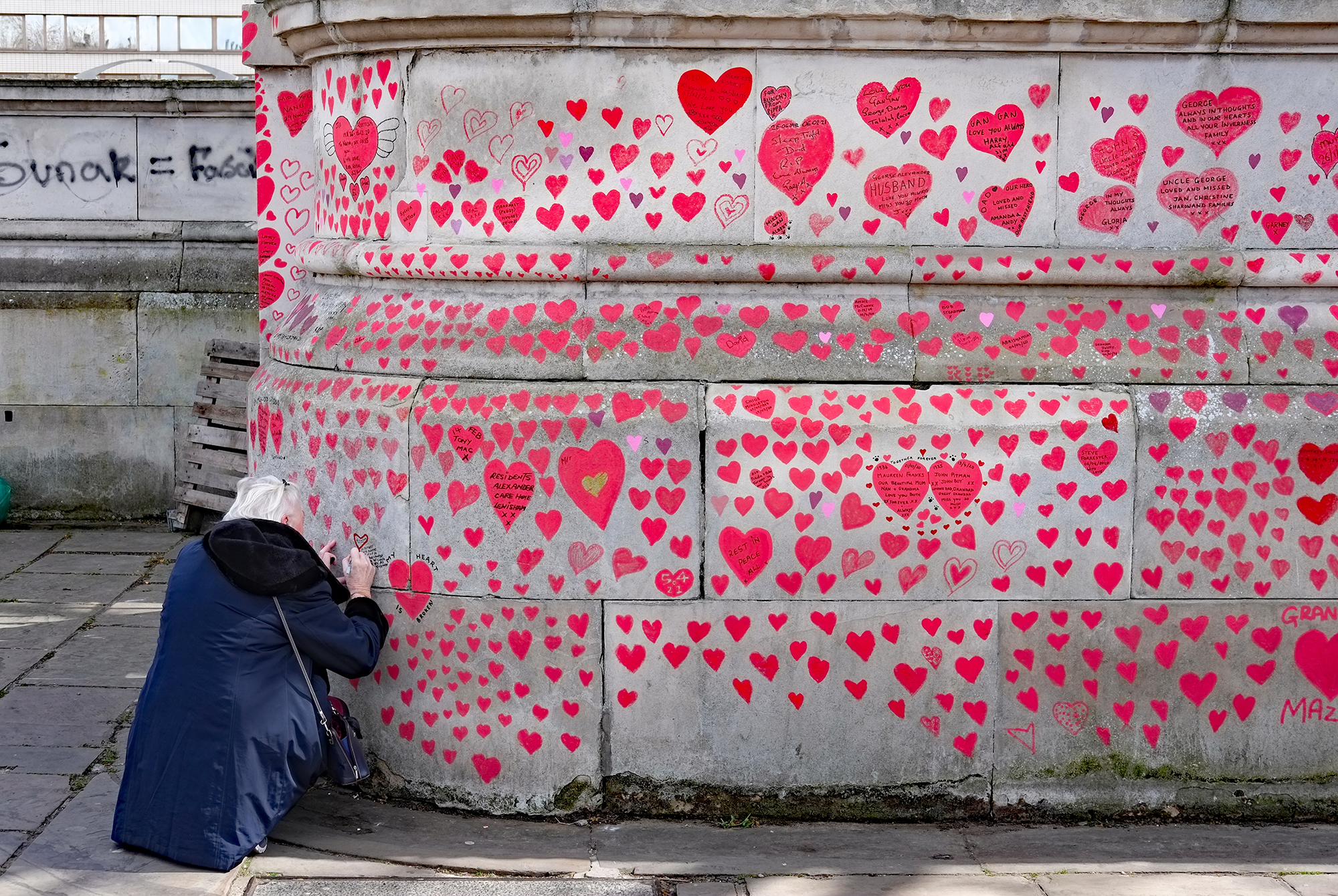
To date, more than 3 million people worldwide have lost their lives to COVID-19. But while some countries move forward with vaccination campaigns and business reopenings, a resurgence in India and South America is a stark reminder of the pandemic’s severe and ongoing toll. Society’s staggered return towards “normal” also begs the question of what we will learn when this once-in-a-century pandemic is finally over and how the 3 million lives lost (and counting) will be remembered in the future.
This spring, a new course called Remembering Epidemics addressed the timely and surprisingly neglected question of how societies collectively memorialize disease outbreaks. Led by public health historian David Barnes and architectural historian Aaron Wunsch, students in this capstone course learned how specific epidemics impacted the city of Philadelphia while exploring the intersection of history, public health, and commemoration.
Scholarship at the intersection of health, history, and landscapes
Barnes and Wunsch originally connected over their shared academic interests, which led them to co-teach Philadelphia: Urban Experience and Public Memory in 2018, and had long been interested in running a course about the 1793 yellow fever epidemic. Then, when COVID-19 became a pandemic last spring, they recognized the relevance of teaching a course on this topic for students in the Health & Societies and Historic Preservation programs.
As with their previous course, Remembering Epidemics focuses heavily on Philadelphia “as our laboratory,” not simply because it is near at hand but, more crucially, because of what Barnes calls the city’s “deeply traumatic and cataclysmic” history with epidemics—from losing nearly 10% of its population to yellow fever in the late 18th century to the massive first wave of deaths caused by the 1918 influenza pandemic.
“During yellow fever, Philadelphia was the capital of the United States, so not only was this a tremendously traumatic event, it plays out on the national stage,” adds Wunsch. “Then, following the yellow fever epidemics of the 1790s, you see these major infrastructure projects, like the Lazaretto, the waterworks, which arguably make Philadelphia the preeminent city when it comes to investment in sanitary infrastructure.”
Another goal of the course is to get students to look beyond the more obvious connections to their current experience with COVID-19 and to view historic events more deeply. For Barnes, this means providing students with readings and discussions that help them understand the strong influence that external factors like social and political factors have on public health.
“Epidemics never have been equal opportunity killers. In just about every epidemic, certain populations—the poor and the disempowered—always suffer disproportionately,” says Barnes. “There’s this overwhelming tendency to see epidemics and disease as a strictly biochemical phenomenon that has to be understood with the tools of medicine, but they’re not going to do anything to address the underlying fundamental problems.”
For Wunsch, Remembering Epidemics is also designed to help students make connections between the built environment, public health, and history. “I am eager to see people think about the way disease and health concerns play out in the way cities grow and where institutions get located,” says Wunsch. “People don’t tend to see things like suburbanization, for instance, as related to pandemics, and one of my goals is to get people to start making those connections.”
A timely course, with Philadelphia as the laboratory
Throughout the semester, students read both primary and secondary sources about how the yellow fever epidemic of 1793, the 1918-1919 influenza pandemic, and the AIDS epidemic of the 1980s and 1990s impacted the city of Philadelphia. Alongside this historical analysis were readings and discussions about the purposes of memorials and how public memory is created.
For their final projects, students conducted their own historical research on a specific aspect of one of the epidemics discussed and developed a thesis based on their analysis. At the same time, students also proposed a memorial to pay tribute to a specific group that was impacted by that particular epidemic. These memorials could be in the form of physical monuments, events, programs, or digital exhibitions, with a focus on connecting research findings with insights gained through the class on the nature of memorialization.
On the final day of class, students presented their research findings and proposed memorials. Their wide-ranging ideas included a digital timeline projected onto Independence Hall on the history of racialized medicine, a series of TikToks about people who lost their lives to AIDS, innovative ways to connect support groups with community-based memorialization, and AR-based tours about how urban landscapes have been re-shaped by pandemics.
Lessons learned and key takeaways
Heta Patel is a Health & Societies senior from Tampa, Florida, who signed up for the class to gain perspective on the history of epidemics. She also enjoyed the opportunity to think more about architecture, memorials, and physical spaces, but one of her biggest takeaways was what she learned about healthcare disparities, which also parallels what’s happened during COVID-19. “Learning about how much these epidemics have disadvantaged minority populations is an important reality to contend with, especially as I'm going into medicine in the fall, so I’m keeping these things in mind and working to tackle them,” says Patel.
For Jennie Vyas, a Health & Societies senior from Lakeland, Florida, Remembering Epidemics was an opportunity to analyze the COVID-19 pandemic while engaging with the idea of collective memory. Along with learning about inequalities and seeing historical intersections with both COVID-19 and the resurgence of the Black Lives Matter movement, she says that this course has also challenged the way that she sees historical events overall.
“Dr. Barnes talks about how we have a tendency to look at history with the idea of ‘they didn't know as much as we do now,’ but he always tells us that they knew what they knew and that was important in their experience,” explains Vyas. “I think about that now in terms of coronavirus—People in the future might look back on the coronavirus epidemic and think about how we don't know what they know, but our experiences are valid in terms of what we know now, and that's really been something that I carry with me.”
Agatha Sloboda, who is in their first year of study in the historic preservation program, says that this course has been a great way to contextualize what they are currently learning about preservation and helped them develop a framework for how to better understand history. Sloboda also adds that having a cross-listed course with active discussions between students from different backgrounds made for engaging and often times “therapeutic” sessions.
“I think what makes this class really special is this real-time workshop between people from disciplines I didn’t know would be able to work together—you think of city planners and historians trying to work together, but all of a sudden there is this public health element to it, which is urgent and immediate, and at the same time it is so very historical,” says Sloboda.
Growing up in Philadelphia, Health & Societies senior Evan McClelland knew about events like the 1793 yellow fever outbreak in his hometown but through this course, was able to gain a deeper understanding of the epidemic and other major events in history. “Living through COVID made me aware of what stories are getting told and what gets left out from those stories,” he says. “There’s a degree of subjectivity to how epidemics are remembered, which has primed me to try to think of COVID in that way as well and try to conceptualize things more holistically.”
How will COVID-19 be remembered?
Going back to the question of how societies remember epidemics, one of the goals of this class was to first delve into what exactly memory is, explains Barnes. “How we remember has many different meanings, both our cognitive memory and our collective public sense of commemoration, and the desire to not remember epidemics is powerful,” he says. “The relief to be done with an epidemic is overwhelming, so there’s a huge disconnect between the magnitude of the phenomenon and this mass public forgetting of it.”
For Wunsch, this disconnect is also related to the incentives that drive memorial construction. “When you read the literature on monuments, you can’t help but begin to assemble a list of the incentives to commemorate: Sacrifice, nationalism, heroism,” Wunsch explains. “But maybe the biggest [driver] of all is that when you commemorate things like wars or battles, it’s partly because what those things were about isn’t really over: They are as much about saying ‘Our cause was a noble cause and we’re still fighting this.’ That disappears at the end of an epidemic—the research continues, but the sense that you’re still fighting is not there.”
Students from Remembering Epidemics echo similar themes around why epidemics aren’t remembered in the same way that wars or other tragic events are, citing shame, the “unglamorous” nature of disease, an upended and isolated community without a common enemy, and a less well-defined connection to time and space. But now, after going through the process of learning about the history of epidemics and creating their own memorials, is there a possibility that the COVID-19 pandemic will be remembered differently?
“Given that social media has changed everything beyond what history could have ever compared to, it’s hard to say, but I’m inclined to say that it will be perhaps easier to remember the efforts of individuals or groups,” says McClelland. “It will be interesting to live past the end of COVID and see how people conceptualize COVID-19 in retrospect.”
Vyas adds that while digital media could improve collective memory, it will need to work with traditional memorial models in order to be effective. “Most memorials don’t tell the whole story, and I think that with epidemics in particular it’s hard to get the whole story until you go digging around,” she adds. “For instance, people who are frontline workers or essential workers were a prominent aspect of the COVID-19 pandemic, and having to dig for those types of voices is probably what makes [memorialization] difficult.”
Sloboda says that social media could also provide more decentralized ways for remembering the stories of individuals instead of having a large, single memorial. “I think it also depends on the relationship people have with the memories they have stored digitally,” Sloboda adds. “In 100 years, we’re going to have all this social media data, but it’s going to be just as biased or emotionally driven as newspaper clippings might have been 100 years ago. Any era is going to be painted in some context-specific emotion, and if we know what it is, it’s going to be helpful to dissect the content.”
“I think it’s important that we’re talking about why we don’t memorialize epidemics, because the goal is to not make the same mistakes, and that can only be done if people will take the time to remember it,” says Patel. “This time around, none of us are going to forget it because we’ve all lived through it, and we’ll keep it within our psyche so that the next time something like this comes along we’re better prepared.”
David Barnes is an associate professor in the Department of History and Sociology of Science in the School of Arts & Sciences at the University of Pennsylvania.
Aaron Wunsch is an associate professor in the Department of Historic Preservation in Penn’s Stuart Weitzman School of Design.




